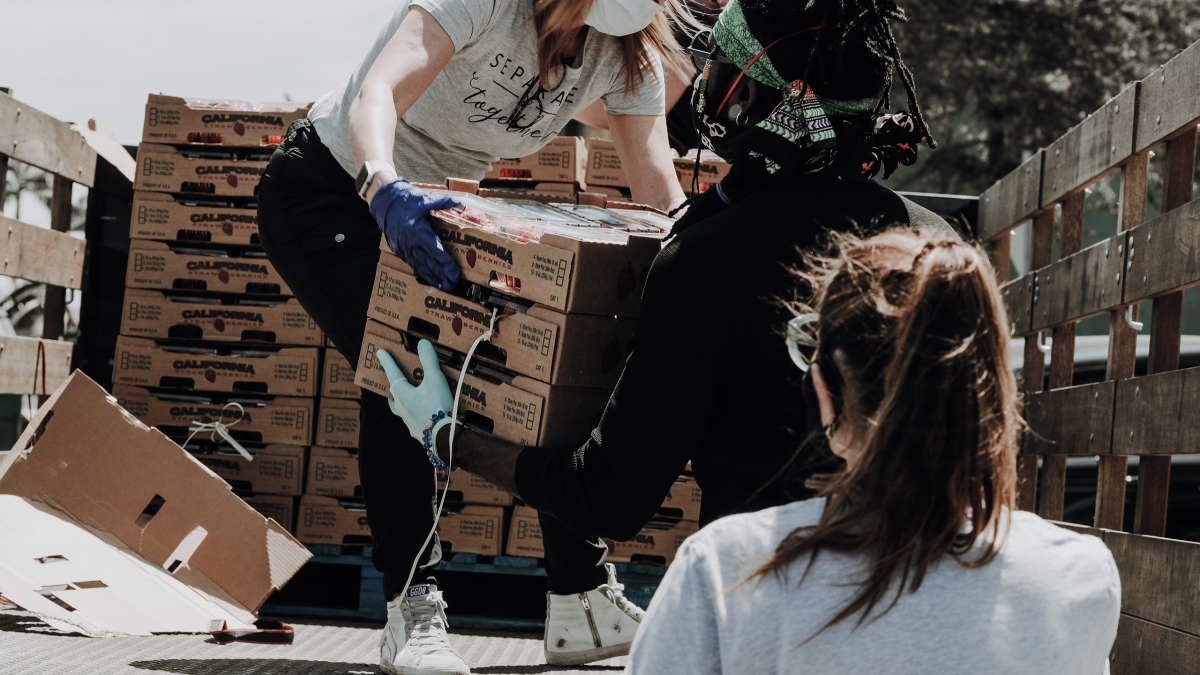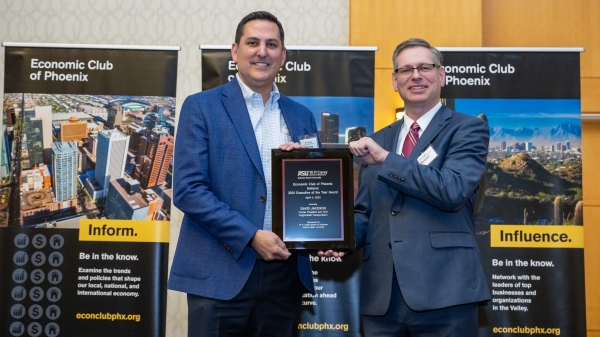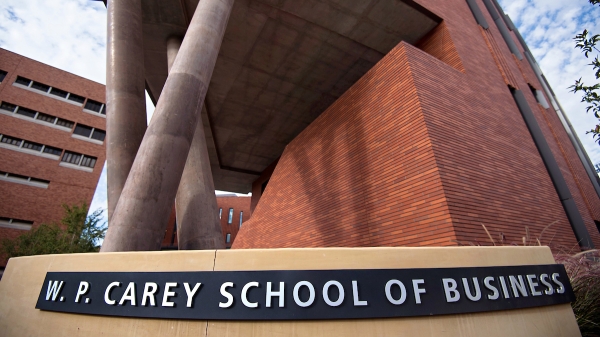ASU professor's new study to show how food retailers work with food banks
Two-year, $500,000 grant seeks to advance understanding of food banks’ role in the food supply chain

An ASU study will look at the relationship between food retailers, food banks and food security. Photo courtesy Joel Muniz via Unsplash (https://unsplash.com/@jmuniz).
2020 is the year food banks’ support became more critical than ever. Millions of people have filed unemployment applications since the coronavirus pandemic began to hit the U.S. in mid-March, and long lines at food banks are well-documented.
Even without a pandemic, meeting the needs of hungry U.S. citizens is challenging. In 2019, food banks provided 4.2 billion meals to more than 40 million Americans, thanks to donations from many places, including major food retailers. Despite the economic and social importance of food banks, we know little about food banks’ role in the food supply chain.
That’s why the U.S. Department of Agriculture (USDA) National Institute of Food and Agriculture (NIFA) funded research to study the relationship between food retailers, food banks and food security.
With the $500,000 grant from the USDA NIFA, Timothy Richards, the Morrison Chair of Agribusiness in the W. P. Carey School of Business at Arizona State University, will lead the grant project with researchers from the University of Illinois, Ohio State University and California Polytechnic State University.
“We want to understand food banks’ relationship with the food retail industry, food waste, and food security, and to provide policy recommendations on how to support and strengthen the interaction between food retailers and food banks,” Richards said.
Richards said food banks get their supplies from various sources — purchasing items such as rice, beans, fruits and vegetables at discounted rates from wholesalers to donations from individuals and major retailers such as Walmart, Fry's (Kroger) or Target.
The grant project will study how food banks are affected by food retailers' decisions to discount, donate or discard perishable food products. The researchers will combine retail scanner data with data on food bank donations and food insecurity data generated by Feeding America through its Map the Meal Gap data initiative.
“Understanding the relationship between the retail food sector and the food banks is especially important during COVID-19,” Richards said. “The pandemic has increased food insecurity and strained food supply chains with occasional shortages of some labor-intensive foods, such as beef, pork, poultry and possibly hand-harvested fruits and vegetables. If retailers are facing shortages, then they have less to donate, exactly at the time when food banks need them most.”
More Business and entrepreneurship

5 easy ways to improve your focus
Editor's note: This story originally appeared in the summer 2024 issue of ASU Thrive magazine. Do goldfish really have a longer…

Honoring homegrown leadership
When Phoenix native David Jackson was a finance student at Arizona State University’s West Valley campus, he gave separate…

Multiple ASU MBA programs rank among best in country
In the U.S. News & World Report's 2024 Best Business Rankings, the W. P. Carey School of Business at Arizona State University…